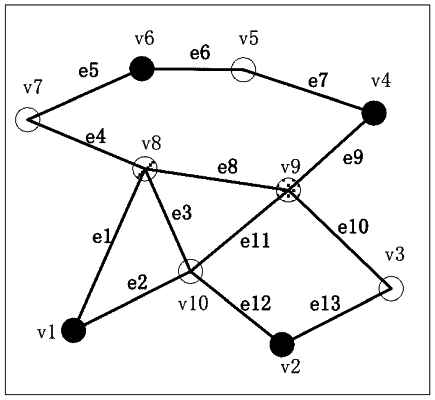| CPC H04W 72/541 (2023.01) [H04W 16/10 (2013.01)] | 7 Claims |

|
1. An electronic device for wireless communications, comprising:
processing circuitry, configured to:
receive channel/resource allocation information indicating available spectrum resources to be used by the electronic device; and
perform transmissions using the available spectrum resources indicated by the received channel/resource allocation information,
wherein the channel/resource allocation information is determined based on an interference overlapping map,
wherein the interference overlapping map is constructed based on an interference/co-existence relationship between a plurality of electronic devices, the plurality of electronic devices including the electronic device, within a management range of an electronic apparatus managing the plurality of electronic devices,
wherein a connection point of the interference overlapping map represents one or more electronic devices from the plurality of electronic devices,
wherein an edge of the interference overlapping map represents that there are interferences between electronic devices represented by two connection points of the edge, and
wherein the interference overlapping map is constructed such that no edge is established between two connection points when the two connection points satisfy a predetermined condition.
|